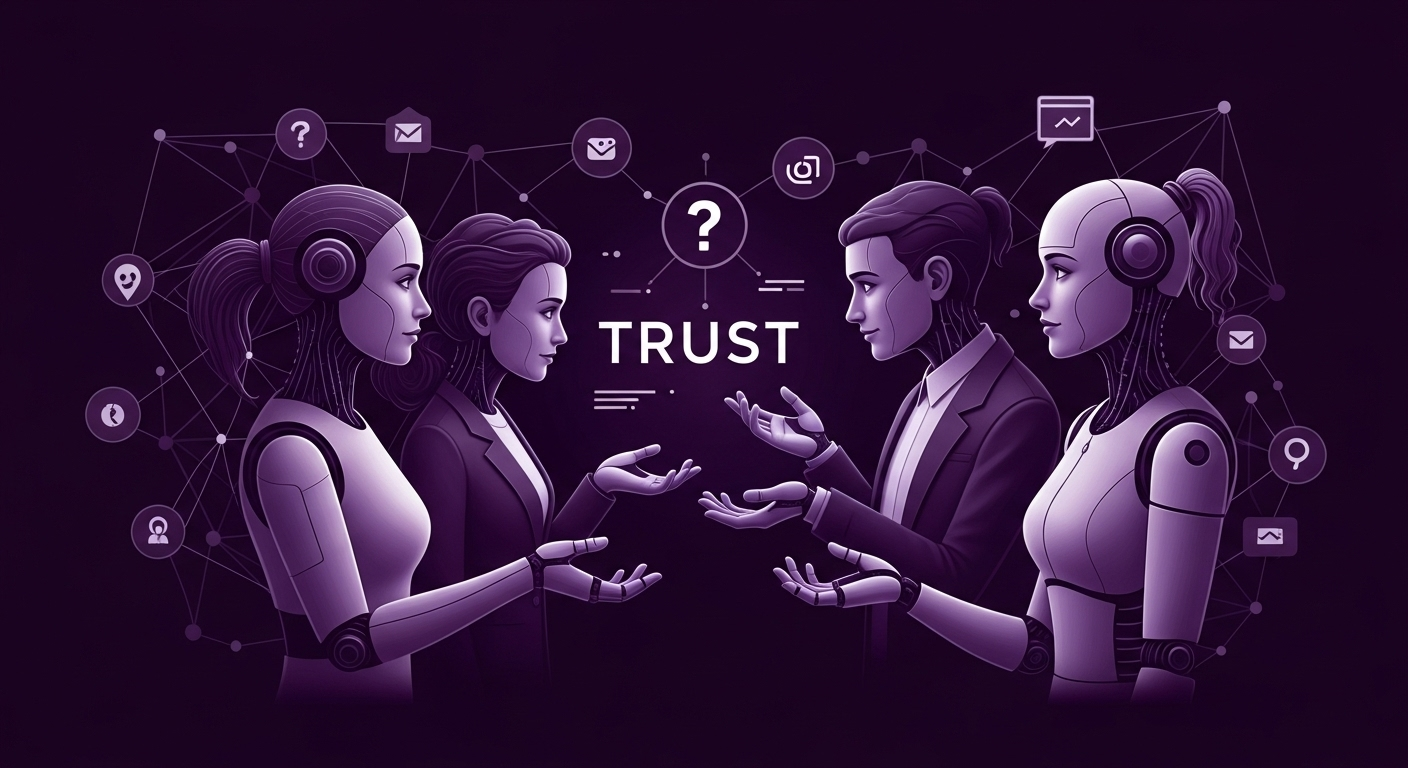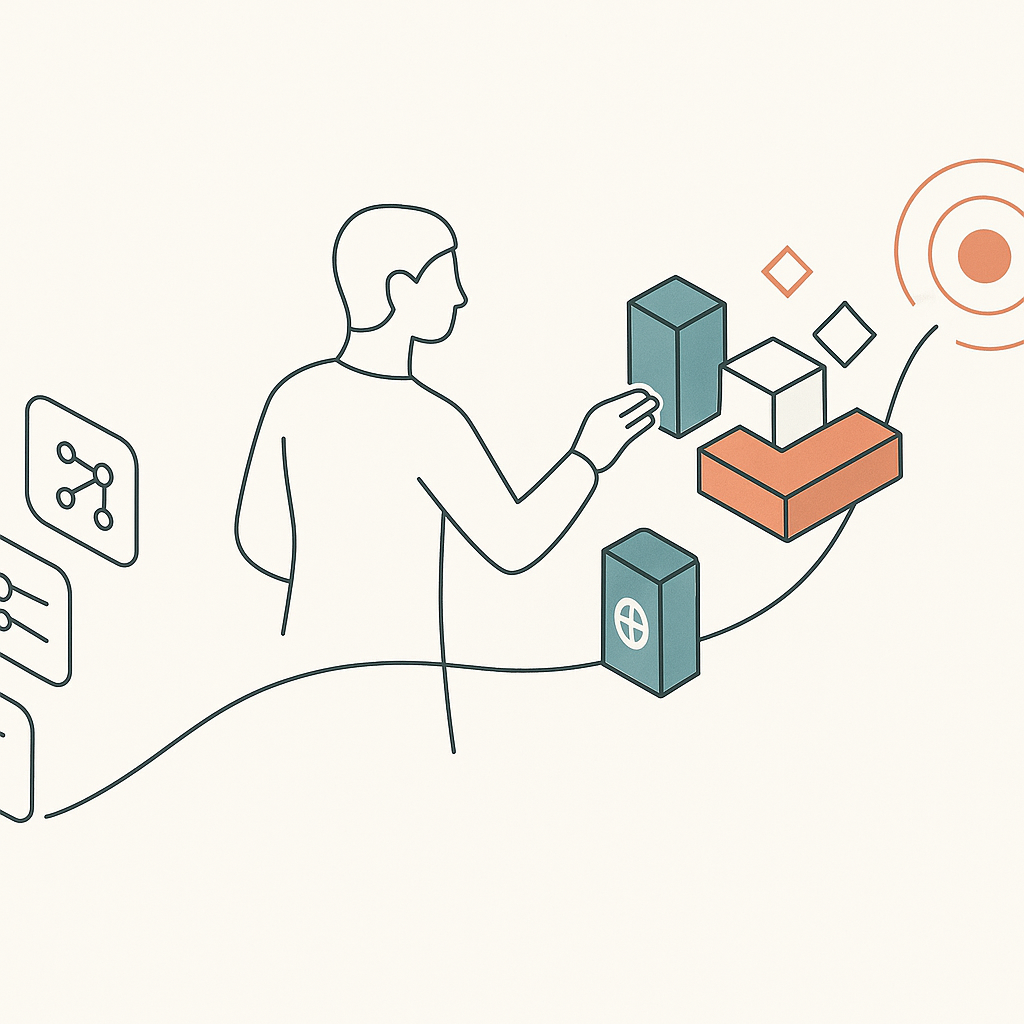AI Changed Automation to Autonomy. Master it Now
The Six Transformations Driving Trusted Autonomy
The Six Transformations Driving Trusted Autonomy
Primary Intent
Automation focuses on writing step-by-step workflows and API specs.
Autonomy shifts to defining business outcomes and letting autonomous systems determine how to achieve them.
Optimization Goal
Automation optimizes for helping humans design faster workflows.
Autonomy optimizes for ensuring reliable achievement of business outcomes without requiring technical skills
Who's Involved
Automation relies on technical specialists - IT teams, integration engineers, and developers.
Autonomy empowers domain engineers - Conductors and Context Architects who understand business goals.
Building Blocks
Automation uses API-based reuse with endpoints and contracts designed for developers.
Autonomy uses skill-based architecture with goal-oriented agents organized around domain expertise
Context Management
Automation depends on static documentation like API specs and workflow docs that get outdated.
Autonomy uses Context Packs - living business knowledge bundles managed by domain experts
Adaptability & Trust
Automation requires manual redesign when things change and measures process metrics.
Autonomy provides self-healing systems with autometrics that measure outcome achievement and business impact.
Strategic Frameworks
Strategic Frameworks
Core concepts for achieving Trusted Autonomy in enterprise environments.

The Billion-Dollar Question: “Who Has the Most Trustworthy Network of Agents?”
· Peter Kreslins Junior

Skills over Endpoints. Goals over Workflows. That's Trusted Autonomy
· Pablo Luna

Beyond the Hype: 4 Agentic Anti-Patterns Costing Your Business
· Pablo Luna

Agentic Integration Without Risk? You Need the Right Mode
· Pablo Luna
Technical Deep Dives
Technical Deep Dives
Examples, research, and implementation patterns for Trusted Autonomy.

